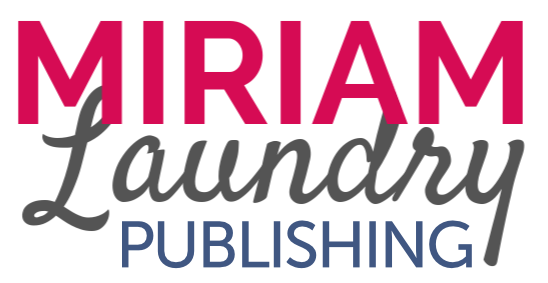Feedback is essential for writing a good book, especially if you want children to love your story for years to come. Whether you get your feedback from an editor, a friend, or a beta reader, it’s a guide that can direct your story toward its best version. However, feedback isn’t always easy to hear. In this blog, you’ll discover how to accept and leverage an editor’s feedback so you can craft the best version of your picture book.
How to Accept and Leverage an Editor’s Feedback
Give Yourself Time to Absorb the Feedback
It’s normal to feel a little discouraged, surprised, or even defensive when you first receive an editor’s feedback. But before you start deciding what to do and emailing a response, allow yourself the time to absorb the feedback. Take a step back, breathe, and remind yourself that constructive criticism is not a reflection of your worth as a writer, but an opportunity for growth. Give yourself the grace to process the feedback without rushing into action.
Address One Item at a Time
Once you’ve given yourself time to absorb the editor’s feedback, take it one by one. Rather than trying to tackle everything at once, focus on addressing one item at a time. Start with the suggestions that resonate most with you or those that have the potential to significantly enhance your story. Usually, the bigger the edit feels, the better it’ll work for a starting point.
Take Breaks When You Feel Overwhelmed
Receiving an editor’s feedback can be overwhelming. It's essential to recognize when you need to step away and take breaks to rejuvenate your mind and creativity. Whether it's a short walk, indulging in your favourite hobby, or simply resting, giving yourself permission to recharge can prevent burnout and create clarity. Returning to the feedback with a fresh perspective can often lead to breakthroughs.
Pre-Edit & Save on Your Budget:
Editing Checklist for Children's Books
Try New Ideas If You Feel Stuck
If you find yourself stuck in a rut while addressing the editor’s feedback, don't be afraid to experiment with new ideas. Think outside the box and explore alternative approaches to the issues highlighted by your editor. Sometimes, the most creative solutions come from embracing uncertainty and allowing yourself to venture into uncharted territory.
Ask a Friend or Beta Reader for Their Opinion
Getting a friend or beta reader to check out your story and give opinions can help you identify any big problem areas, especially if they repeat anything from the editor’s feedback. Their fresh eyes and unbiased viewpoint can offer invaluable feedback and help you gauge whether your revisions are effectively addressing the initial concerns. Remember to approach their feedback with an open mind and a willingness to edit further if necessary.
Stay True to Your Vision
While it's essential to be receptive to feedback and willing to make improvements, it's equally important to stay true to your vision as a writer. Remember that feedback is subjective, and not all suggestions will align with your goals. Trust your instincts and discern which feedback resonates with your story the best. Ultimately, your unique voice and perspective are what make your writing authentic and compelling.
Summary
Receiving an editor’s feedback can produce lots of emotions, making it difficult to move forward with your story. To best accept and leverage these suggestions, you can:
Give yourself time to absorb the feedback and find clarity
Address one item at a time to keep the process manageable
Take breaks when you feel overwhelmed
Try new ideas if you feel stuck
Ask a friend or beta reader for their opinion and compare it with the editor’s comments
Stay true to your vision and remember that you have the final say
